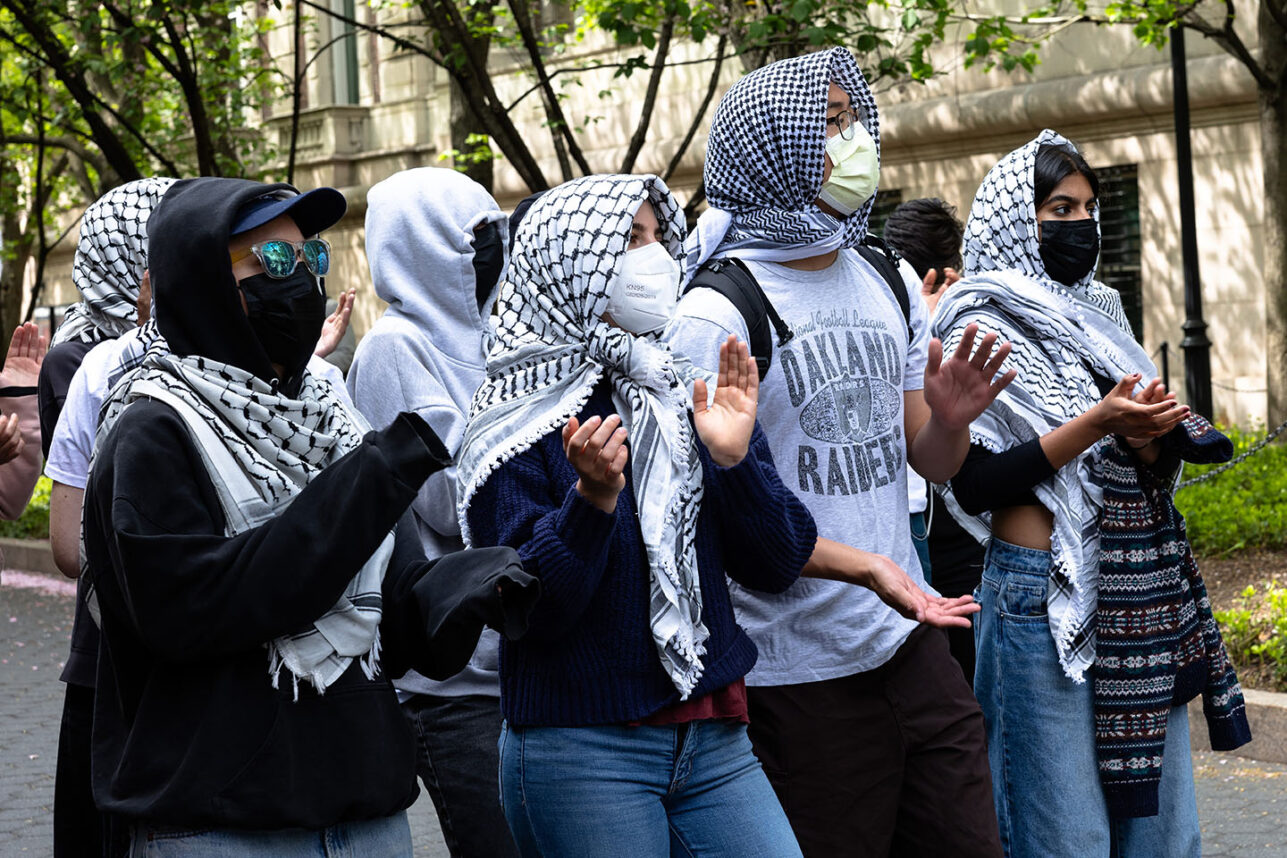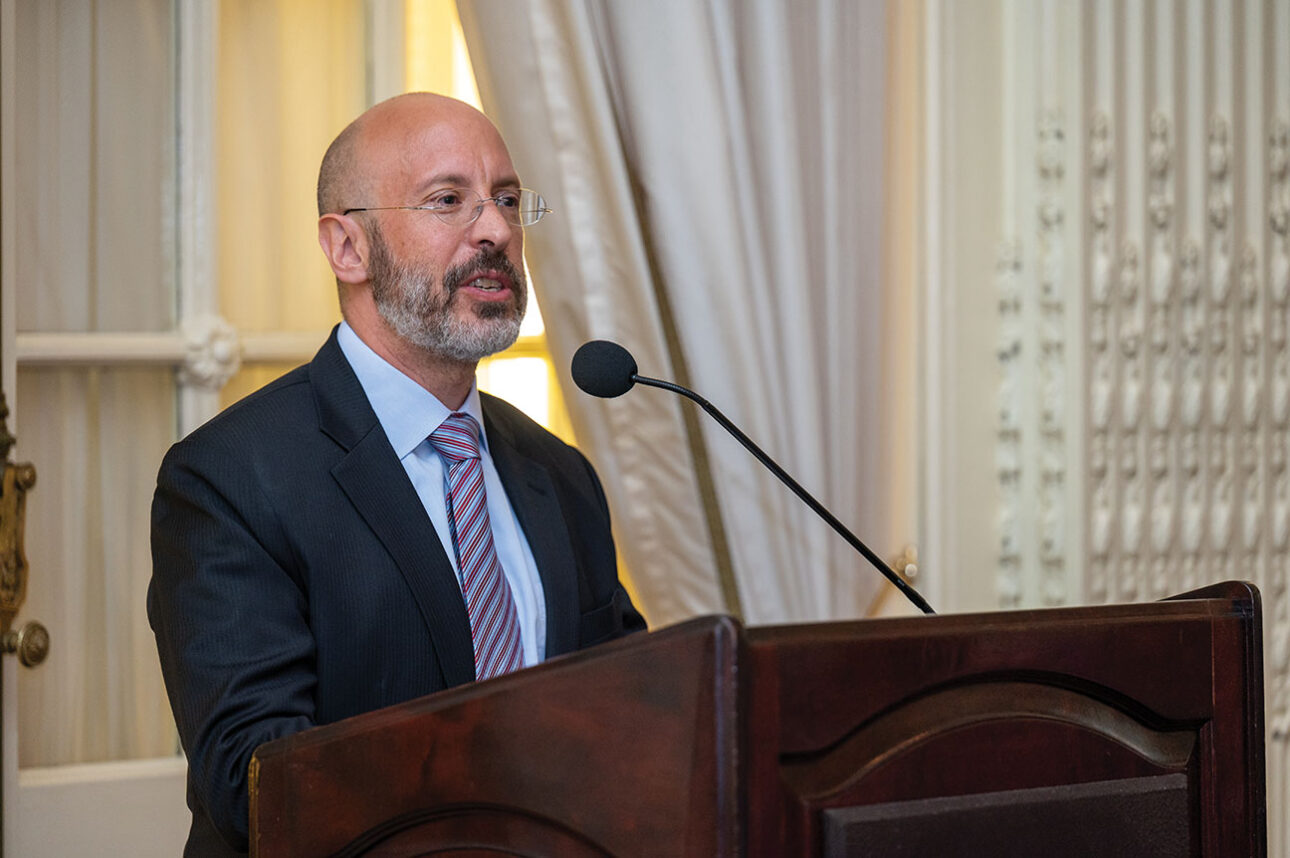Growing up in Canada as a Sephardic Jew, I missed one of the great moments of American Jewish history — the long, turbulent and ultimately successful movement to free Soviet Jewry, which culminated in the release of political prisoner Natan Sharansky on Feb. 11, 1986.
My friends who were involved with the cause look back on it with a certain nostalgia. It was a movement full of drama, but also one with a deeply satisfying resolution. There was plenty of internal argument, to be sure — we’re Jews, after all — but, ultimately, the Jewish community came together for a common cause that helped liberate 3 million Soviet Jews.
For a people with an affinity for memory, you would think that this epic story would have become part of our modern-day narrative. You would think it would be studied in Jewish schools, that Jewish organizations across the spectrum would find ways to commemorate this incredible achievement.
No such luck. The freeing of Soviet Jewry has become a vanishing story, a hazy memory for some, a non-event for many, especially among the new generation.
Well, last Friday night, around a Shabbat table in Washington, D.C., I met a man who believes so much in teaching this story to our kids that he’s written a children’s book.
The man is Rabbi Shmuel Herzfeld of Ohev Sholom — The National Synagogue, and his book is called “An Extra Seat.”
Illustrated with bright colors and eye-catching layouts, the book is inspired by real-life events. It traces the story of two children, Sarah and Joseph, who grew up in 1970s New York and are encouraged by their beloved Rabbi Avi Weiss to help the plight of the Jewish Soviet prisoners. After nine years, as Rabbi Herzfeld writes on the back cover, “the children come to understand the power of public protest and commitment to a greater cause, as they finally witness Sharansky’s release from prison.”
 By some fortuitous twist of fate, I was scheduled to interview Sharansky himself on stage the following night at the opening gala of the Israeli-American Council’s (IAC) annual conference. I brought along a copy of Herzfeld’s book.
By some fortuitous twist of fate, I was scheduled to interview Sharansky himself on stage the following night at the opening gala of the Israeli-American Council’s (IAC) annual conference. I brought along a copy of Herzfeld’s book.
Before we went onstage, I showed Sharansky the book and let him know it would be our first subject of conversation. He smiled. He had heard of the book. He agreed that the story of Soviet Jewry should play a greater role in Jewish communal life. This made sense, because Sharansky’s obsession as the head of the Jewish Agency for the past seven years has been to strengthen Jewish identity.
As he said during our interview in front of about 2,100 supporters of the IAC, most of them Israeli American: “I am Jewish first and Israeli second.” His point was that our Jewish identity is what gives meaning to our Jewish state. The liberation of Soviet Jewry, Sharansky told me, was an extraordinary example of the power of Jewish identity to bring Jews together.
The idea, then, of having one day every year for our entire community to commemorate this extraordinary story — with books, films, discussions and events — feels like a natural.
“The liberation of Soviet Jewry was the Exodus miracle of our time,” former Israeli Ambassador to the United States Michael Oren told me at the conference. “Just as we commemorate our freedom from slavery thousands of years ago, so too must we celebrate the emancipation of 3 million of our fellow Jews.”
Sharansky frowned a little when I suggested that a meaningful date to commemorate a “Soviet Jewry Freedom Day” would be Feb. 11, the day he was liberated. I can’t read his mind, but I think he was simply showing his humility.
In any case, I do think Feb. 11 would be an ideal date. I know we probably don’t need another “special day” on the Jewish calendar, but let’s remember that we are a people of memory. Our tradition has survived for so long partly because we have told and retold the stories of our ancestors.
The struggle to free Soviet Jewry is not just another Jewish story. It’s a seminal Jewish-American story. It’s the story of American Jews who used the freedom they had in America to fight for the freedom of their brethren in a faraway land.
Is there a connection to Rosh Hashanah? Maybe just this: As we wish one another a “happy and sweet new year” over the coming days, I can only imagine that devoting one day a year to celebrate a Jewish victory for freedom would bring our community much-needed happiness and sweetness — not to mention deepen the chords of our collective memory.
Happy and sweet 5777.
David Suissa is president of TRIBE Media Corp./Jewish Journal and can be reached at davids@jewishjournal.com.























 More news and opinions than at a Shabbat dinner, right in your inbox.
More news and opinions than at a Shabbat dinner, right in your inbox.